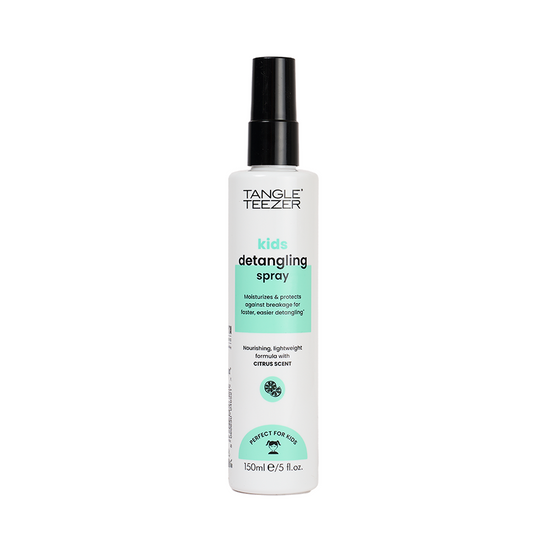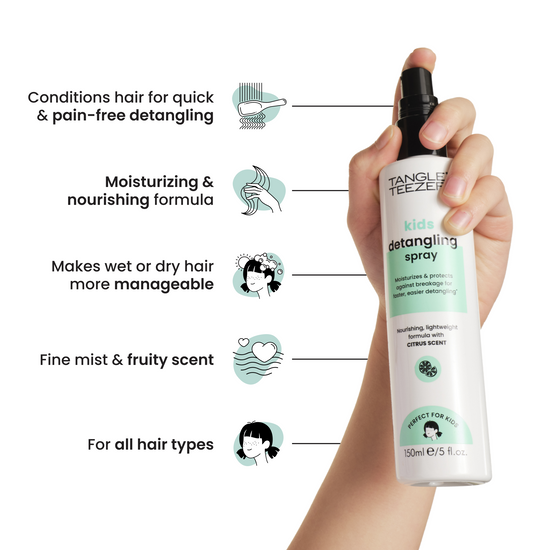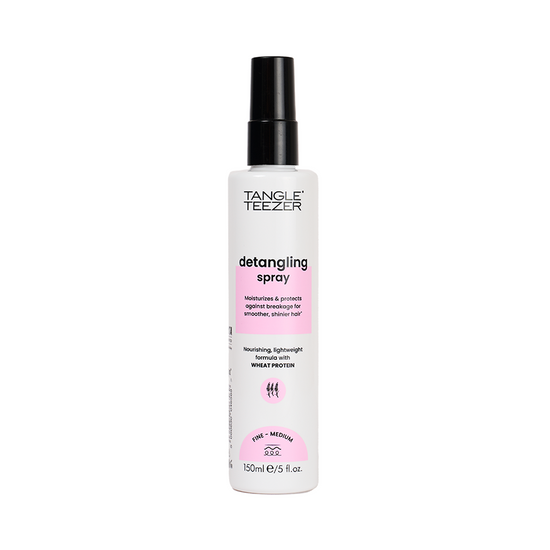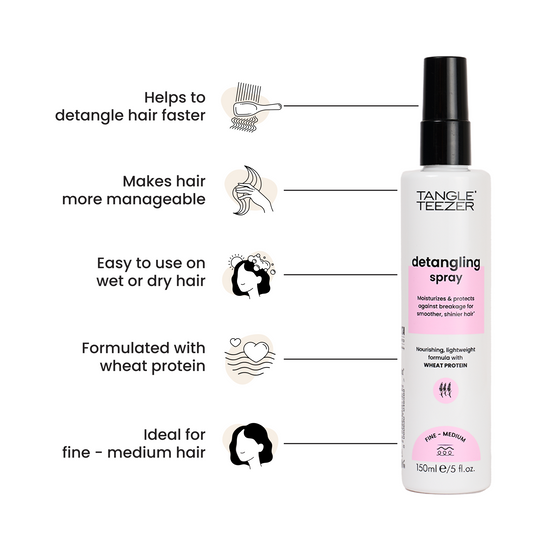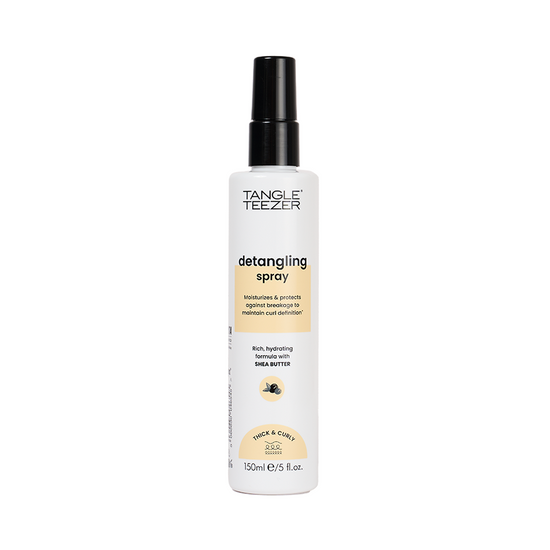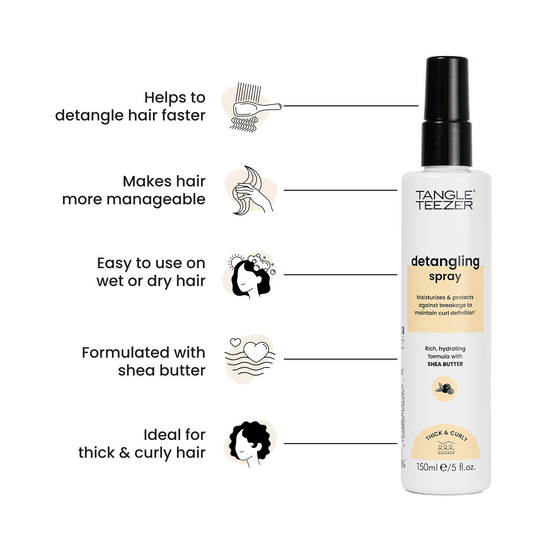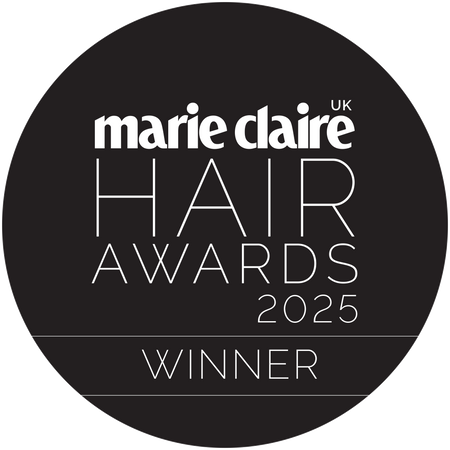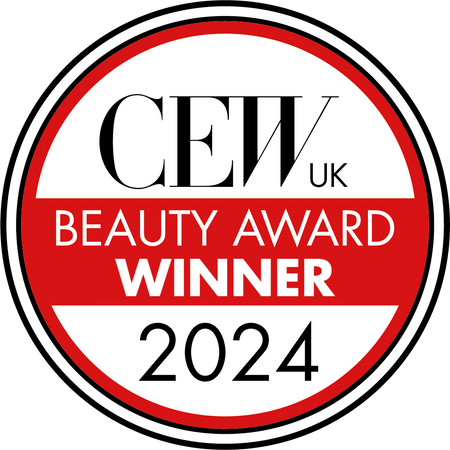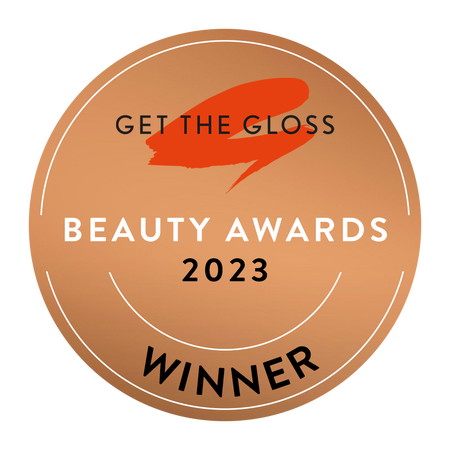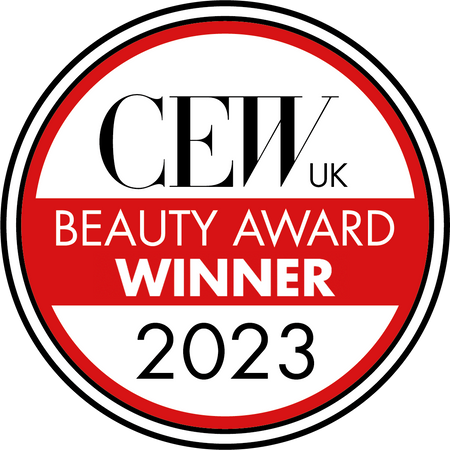As we say “bye bish” to the chaos of 2020 (how is it possible for every day to feel like a Monday?), we’re swapping ‘New Year, New You’ for ‘New Year, New ‘Do.’ Our in-house trichologist talks all the healthy hair habits you should take into 2021.
Part of starting fresh – with the freshest of locks – is kicking your old hair habits to the curb. And as much as we’d love to agree with Elle Woods that the rules of haircare are simple and finite, there are plenty of ways you may be harming your precious strands without even knowing it. But the good news? It’s an easy fix. That’ll leave your hair stronger and healthier – from root to tip.
NEW YEAR, MORE ‘POO
The “no-poo” movement doesn’t have anything to do with bathroom habits, but everything to do with shampoo, or lack thereof. It’s a method that many have adopted during lockdown, which involves ditching shampoo with the theory that it contains detergents, perfumes, and chemicals that might damage your hair. Well, we’re here to tell you to get washing again!
- Reintroduce shampoo into your routine to help reduce the risk of microbial content in the hair, which has been known to cause conditions like dandruff and seborrheic dermatitis.
- Hair gets used to being greasy, rather than becoming self-cleaning when you lose the ‘poo.
- ‘No poo’ ingredients like baking soda and apple cider vinegar can be too caustic on hair - especially if it’s chemically treated! Commercial shampoos are far gentler.
- If you have curly or coily hair, experiment until you find your own perfect system. It could be co-washing or a regular shampoo routine that prevents the scalp from becoming irritated. Read more on making curly hair pop in our interview with Curly Proverbz.
Watch the below video of @manesbymell for the ultimate hair wash routine you need to know.
FOOD FOR THOUGHT
We’re all about that ‘Veganuary’, or that veggie life – but as with any diet or lifestyle, you should optimise your nutrient intake to keep your hair healthy and strong. Particularly if your diet is restrictive, you’ll have to focus on getting enough proteins, irons, and amino-acids into your meals to help your hair grow well.
- Lentils, quinoa, nuts, and plenty of other plant-based foods are brilliant sources of protein for hair-cell renewal and keeping it in its growing (anagen) phase. The good news? Peanut butter is included here too. So slap that on everything.
- Dark leafy greens, beets, soybeans, pulses, and cereals fortified with iron are just some of the sources of this incredible mineral. Developing iron deficiency can cause hair to shed, but it’s easy to correct with adjustments to your diet.
- It can be hard for anyone to eat a balanced diet all the time, but nutritional supplements can be a good boost to your daily intake. However, please consult your doctor or nutritionist before making these changes or introducing a dietary supplement.
HEADS UP, HONS
Slick ponytails, a pair of tight braids… They’re a vibe. And while we’ve all joked about our edges being ‘snatched’, what do we do when this happens in real life? Hair loss – specifically traction alopecia caused by repeated pulling or tension – can literally take hold of your hairline. But, reducing stress on our scalps is a simple fix that can get those baby hairs from laid to lifted.
- Monitor how much hair you’re losing in between tight hairstyles, so you can stop traction alopecia in its tracks.
- Scalp care is super important, and really cleanse the area to create an open, clean, breathable space for your follicles to flourish.
- Use the right brush, with wide-spaced or soft teethlike The Original Fine & Fragile hairbrush, to ensure there’s little traction, brushing from the ends to the roots.
- Using a brush like The Wet Detanglercan help stimulate the scalp and spread hair treatments that strengthen the hair shaft.
THE CALL OF THE WILD
Rice water, mashed bananas, olive oil… Everywhere you look, people seem to be turning to products that contain only the purest of naturally-grown, organic ingredients. Now, before you jump on the botanical bandwagon, they don’t necessarily work any better than many of the man-made brands you’ll find on the high street. The most important factor when buying a shampoo is picking the right one for your specific hair type, like dry and frizzy, or flyaway.
- Prescriptive hair care works better when you get a brush to match, like The Original Fine & Fragilehairbrush, which will gently glide through vulnerable hair without pulling, or the The Original Thick & Curly brush which it leaves curls totally tangle-free and super-defined.

ICE, ICE, BABY
Ice blonde and bleached hair – glorious though it may be – don’t necessarily mean that blondes have more fun! And that’s down to both the damage it does during the process to get the lift it needs, and the hard work it takes to look after it.
- Hair experts will say that bleaching is best avoided, as the damage to the hair follicle requires a lot of TLC. But, if you can’t resist the siren song of going blonde, be sure to condition, condition, condition! Use masques, oils, and silicones often – humectants work to draw moisture into themselves.
- Try to turn down the temperature. Though hot water is a joy, it can also strip your hair (and skin) of natural oils, leading to dryness and colour fading.
- Finally, use a heat protectant before styling. Not only does it prevent further damage, but the right heat protector for you can lock in shine and calm frizz.
Check out Stephanie Toms top tips on regaining hair strength!
To learn more, you can find an interview with trichologist Iain Sallis here
